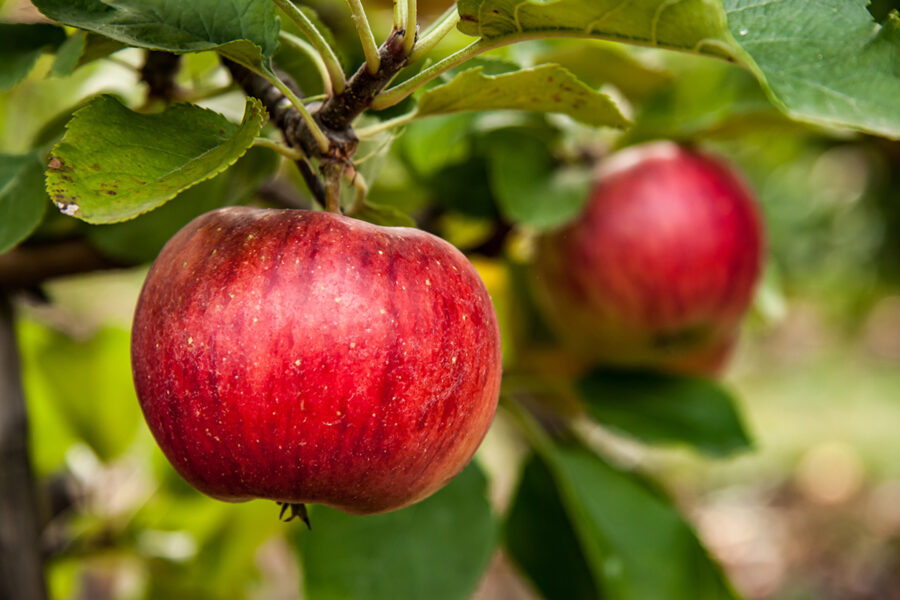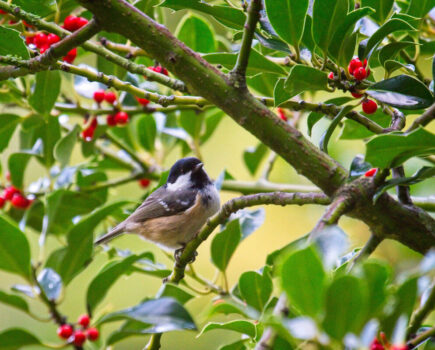An apple, pear or plum tree is a great investment for the garden. If you don’t already have a fruit tree, I bet it’s down to a perception that they need a lot of space to grow or that pruning is too complicated, but this isn’t so. With widening availability of trained trees on dwarf rootstocks there is a tree to suit any size garden – even a balcony! And with a bit of pruning know-how, gleamed from the pages of Amateur Gardening, there is no excuse not to have one in your garden.
The biggest tip for success is to buy a pre-trained tree, this removes the trickier pruning required to shape the tree in the first few years.
Some of the best trained forms for small gardens include espalier, fan and cordon (commonly sold as ‘Minarette’ trees). Of the three, the single-stemmed cordon is most popular as it takes up little space and requires only a fairly simple pruning regime. Espalier training also allows easy access to fruits while taking up little space – branches are trained on wires away from the main stem, commonly in three tiers.Fans offer the same benefits but probably require the most attention out of the three.
Whichever form you choose, they will all need some pruning in the next few weeks to retain their habit and maximise flowering potential for next year. We visited fruit tree specialist Blackmoor Nurseries in Hampshire to pick up a double-stemmed cordon pear to add to my fruit collection and show how simple summer pruning can be.
Summer pruning for cordons (Minarettes)
- Once side growths (laterals) have reached more than 8in (20cm) cut them back to three leaf sets – about 4in (10cm)
- Any sub laterals growing from the remaining lateral growth should be cut back to one leaf set to create spur points for multiple fruits
- Select the strongest shoot at the top of the framework to train as the leader. Tie this to the support and leave uncut. Reduce it by a third during winter
Summer pruning for fans
- Laterals growing from main stems should be cut back to three leaves above the basal cluster (the group of leaves at the base of this season’s growth)
- Sub laterals growing from remaining laterals or clusters should be cut back to one leaf or 1in (2.5cm)
- Any growth under 11in (23cm) should be left to ripen and harden until early autumn before being pruned back
- Fans need plenty of support, check canes or wires while pruning
- Any lateral shoots coming off of horizontal branches should be cut back to three leaf sets, these will create spurring points for more fruit
- Any sub laterals growing from the remaining lateral growth should be cut back to one leaf set, again to help spur formation. Do not prune unripe shoots less than 8in (20cm), wait until they have hardened
- Do not prune the horizontal leaders – this is best done in winter, just tie them to the framework for now
- If you want to create a new horizontal tier leave two strong shoots on the main stem and tie them to a new tier of wire or canes.
Find more tips, advice and articles like this at Amateur Gardening.





